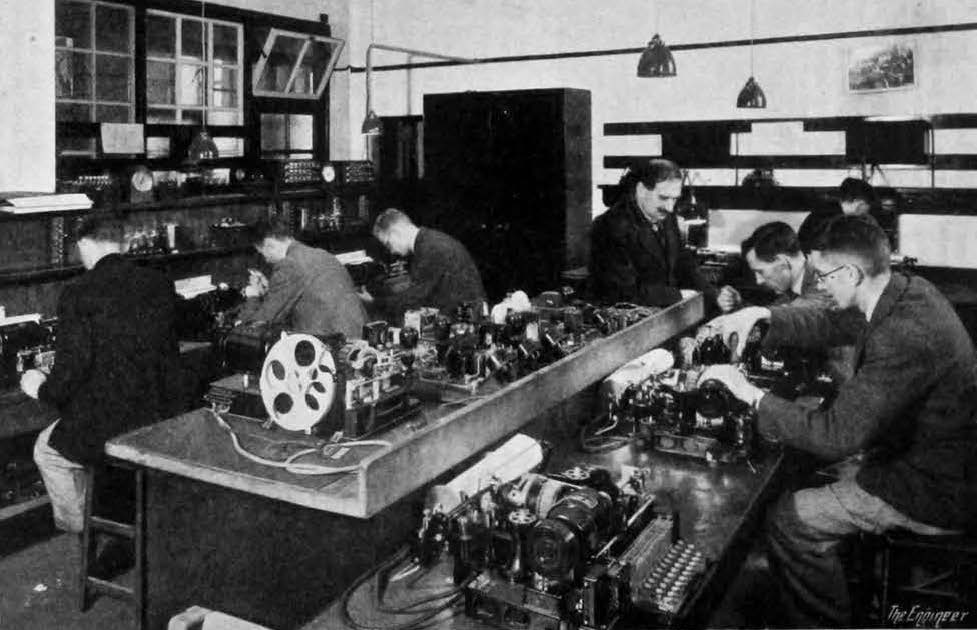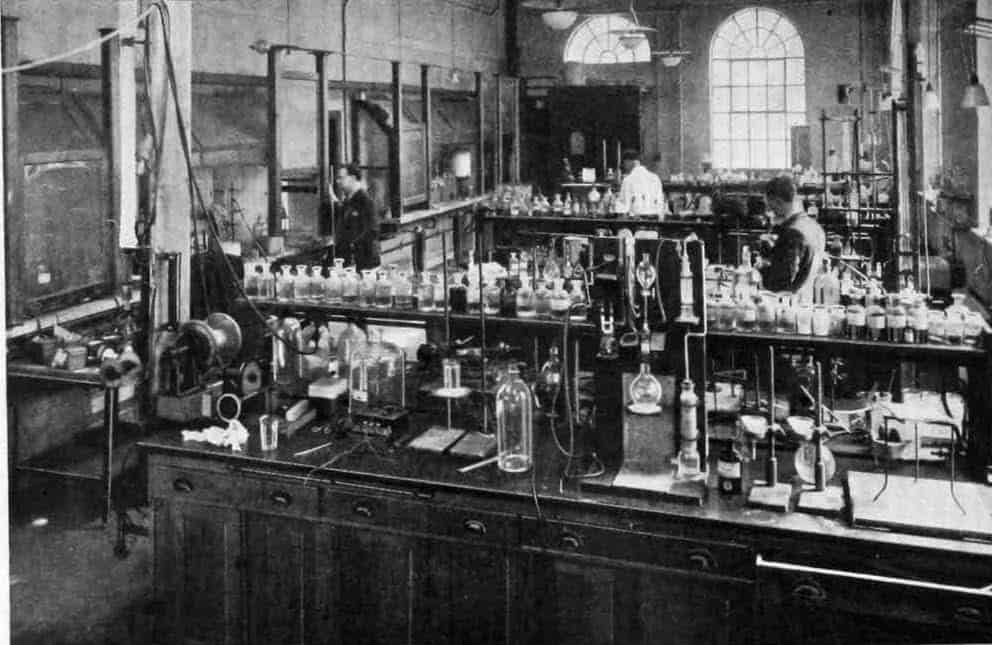From Ernie to the Colossus code-breaking computer of the Second World War, the British Post Office Research Station at Dollis Hill in north-west London was responsible for a host of technological breakthroughs. And reporting on its grand opening in 1933, The Engineer wrote that “it is doubtful… if a more elaborate or better equipped establishment devoted to electrical communication investigations can be found”.

After describing the layout of the Post Office Research Station, which included specially equipped laboratories for research on everything from cable testing to new signalling methods, The Engineer went on to detail some of the key areas of research being undertaken.
The article describes the use of a “microscopical and spectrographic laboratory” to study of materials used in the construction and maintenance of telephone and telegraph apparatus. It talks about new methods of signalling aimed at speeding up the methods of handling telephone calls in trunk circuit and touches on durability tests, “which in the course of a few months subject intricate apparatus used in automatic telephone exchanges to wear equivalent to forty years or more of actual operation”.
The report also mentions “important work” on the teleprinter, claiming that “ingenious methods have been devised for measuring the distortion of signals used to work the instrument and for repeating these signals so that the apparatus may be worked over very long lines”.

Another fascinating bit of research concerned “a way of enabling a fault in a submarine cable to be accurately located by means of apparatus connected to two electrodes towed in the sea by the cable ship”.
Over the following years, the laboratory went onto play a key role in some of the burgeoning telecoms sector’s milestone moments. Its engineers introduced the world to the speaking clock, developed the trans-Atlantic telephone cable, and built the world’s first programmable electronic digital computer – Colossus – which was used at Bletchley Park during the Second World War. The team also designed ERNIE (Electronic Random Number Indicator Equipment) for the government’s premium bond lottery.
The Colossi computers were developed for British code breakers in 1943-1945 to help in the cryptanalysis of the Lorenz German rotor stream cipher machines used by the German Army during the Second World War. Colossi used thermionic valves (vacuum tubes) and thyratrons to perform Boolean and counting operations. Colossus has thus been regarded as the world’s first programmable, electronic digital computer, although it was programmed by plugs and switches and not by a stored program.
The Colossus computer was designed by engineer Tommy Flowers to solve a problem that had been posed by mathematician Max Newman at the Government Code and Cypher School at Bletchley Park. Alan Turing’s use of probability in cryptanalysis contributed to the design of the computer.
In 1975 the facility was moved from Dollis Hill to Martlesham Heath in Suffolk to a site now known as Adastral park. Today, the park is home to BT’s Global research and development headquarters and remains one of the world’s leading centres of telecoms innovation.




Poll: Should the UK’s railways be renationalised?
I think that a network inclusive of the vehicles on it would make sense. However it remains to be seen if there is any plan for it to be for the...